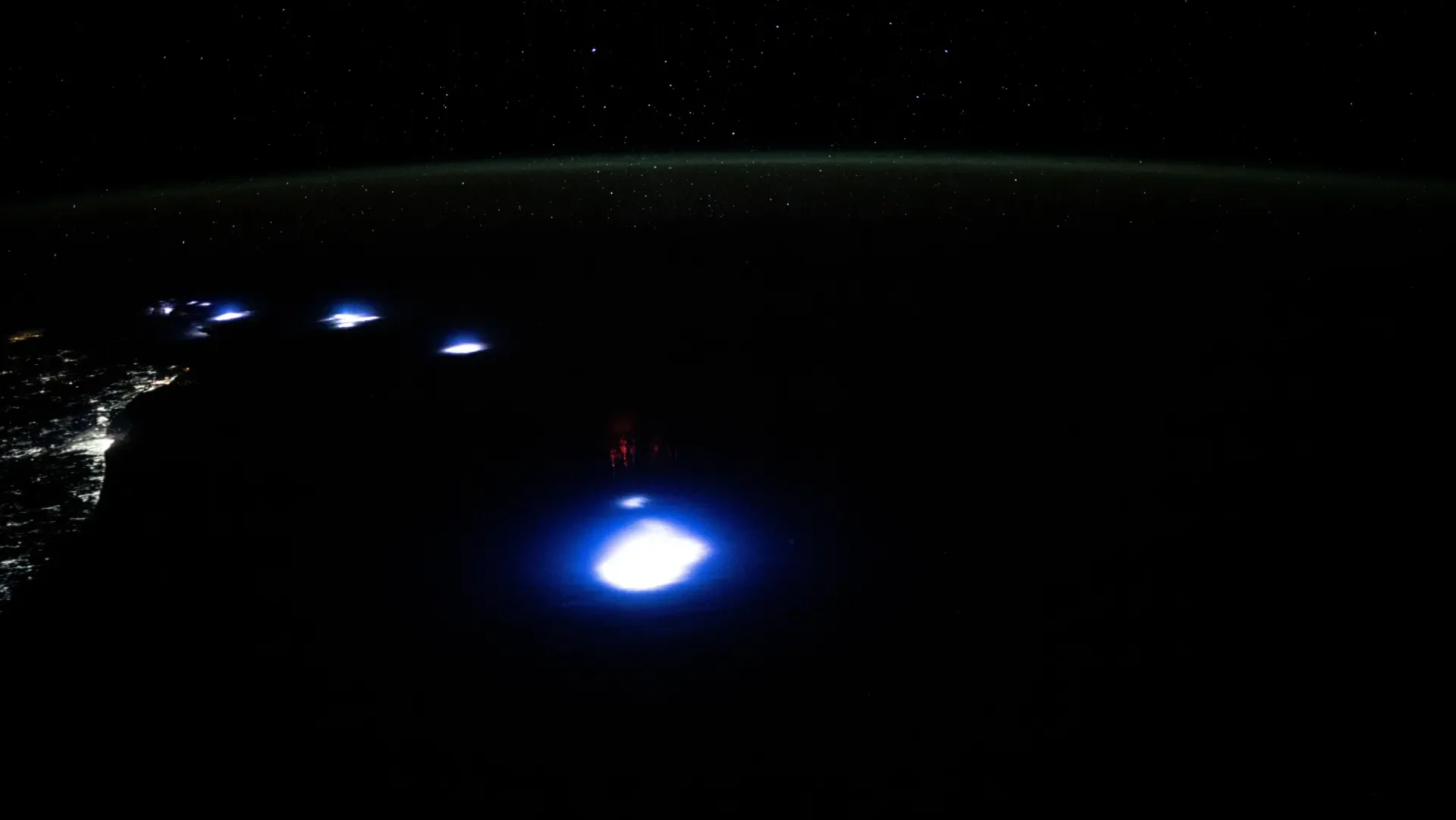NASA’s boxy four-wheeled rover won’t make it to the Moon after all, due to development delays and mounting costs that have apparently pushed the space agency to call off its ice-hunting mission.
VIPER, or Volatiles Investigating Polar Exploration Rover, was designed to find and study water ice on the Moon’s south pole. NASA had spent around $450 million on the development of its 1,000-pound rover, which was originally supposed to launch in late 2023. The launch date was first pushed back to 2024 and later to 2025 due to additional schedule and supply chain delays. Now, the space agency decided to cancel the mission altogether, as it threatens to disrupt other commercial payload missions to the Moon, NASA announced on Wednesday.
VIPER was supposed to launch with Astrobotic’s Griffin lander, which was meant to deliver the rover to the Moon under a Commercial Lunar Payload Services task order worth $322 million. The Griffin mission itself was delayed to September 2025. Still, NASA says it remains committed to exploring the lunar surface with the help of its commercial partners.
“The agency has an array of missions planned to look for ice and other resources on the Moon over the next five years,” Nicola Fox, associate administrator of NASA’s Science Mission Directorate, said in a statement. “Our path forward will make maximum use of the technology and work that went into VIPER, while preserving critical funds to support our robust lunar portfolio.”
NASA will disassemble the VIPER rover and reuse its parts for future missions to the Moon. But before it takes apart the robot, the space agency will first consider proposals from its commercial and international partners that may show interest in using VIPER.
Prior to its cancelation, NASA had described VIPER as the most capable robot it would send to the lunar surface, and the mission was integral to NASA’s future plans of establishing a sustainable human presence on the Moon. VIPER was designed to delve into permanently shadowed areas on the lunar south pole to search for pockets of water ice, which could be used by future astronauts as part of NASA’s Artemis program.
The mission could have informed landing sites for upcoming Artemis missions, but NASA says it will “pursue alternative methods to accomplish many of VIPER’s goals and verify the presence of ice at the lunar South Pole.” The Polar Resources Ice Mining Experiment-1 (PRIME-1), a NASA payload scheduled to land in late 2024, will search for water ice using a drill and mass spectrometer to measure the volatile content of subsurface materials.













